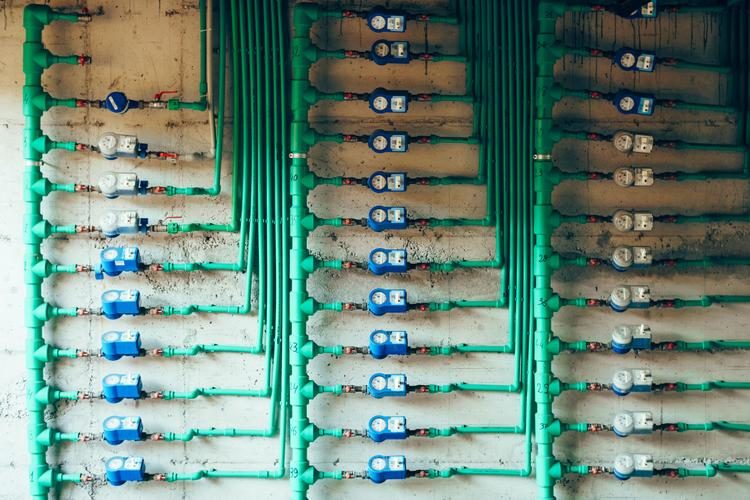Plumbing work in an apartment building works by providing a complex network of pipes, fixtures, and valves. That supplies water to individual units and remove waste water from them. The system is designed to efficiently and reliably handle. The needs of a large number of people living in close proximity.
Water Supply
The water supply for an apartment building typically comes from a public water main, which is a large pipe. That delivers water from a treatment plant or other source. This water is then distributed throughout the building through a system of pipes that typically run vertically through. The building’s core, with branches running off to each unit.
Water is first directed into a water tank that sits on the rooftop or in a basement. This tank is equippe with a float valve. That maintains a constant water level, which ensures a steady water pressure throughout the building. Water then distribute throughout the building using a network of pipes.
These pipes typically made of copper or plastic and are design to be corrosion-resistant and long-lasting. Pipes are installe to run vertically throughout the building, with branches to each apartment unit. A valve installed at each unit to control the water flow, and each unit has its own water meter to track usage.
Waste Water Removal
Wastewater from apartment units removes through a system of pipes. That is designe to carry water and other waste materials to the sewer system or septic tank. These pipes are typically made of cast iron, PVC, or ABS plastic and run vertically throughout the building, with branches to each unit.
To facilitate the removal of wastewater, each unit is equippe with a series of fixtures. Such as sinks, toilets, and showers, which are connecte to the wastewater pipes. These fixtures design to be water-efficient and to prevent clogs or backups.
The wastewater from each unit flows into a vertical stack that runs through the building, and then into a horizontal drain line that connects to the building’s sewer system or septic tank. Along the way, the wastewater passes through a series of traps, which are design to prevent sewer gases from entering the building.
Ventilation
To ensure that the waste water remove efficiently and without any problems, the plumbing system in an apartment building also includes ventilation pipes. These pipes design to allow air to flow into the wastewater system, which helps to prevent clogs and backups.
Ventilation pipes typically run vertically through the building, alongside the wastewater pipes. They connect to each unit’s drain pipes, and extend through the roof of the building. The ventilation pipes are equipped with vent caps, which prevent debris and small animals from entering the system.
Maintenance and Repairs
The plumbing system in an apartment building requires regular maintenance and occasional repairs to ensure that it is functioning properly. Maintenance may include tasks such as cleaning out drains, replacing fixtures, and inspecting pipes for leaks or other problems.
Repairs may be necessary in the event of a clog, leak, or other issues. In some cases, a plumber may need to access the pipes through a wall or ceiling in order to make repairs. To minimize disruptions to tenants, repairs may be schedule during times when the least amount of water usage is expecte such as late at night or early in the morning.
In conclusion, plumbing in an apartment building involves a complex network of pipes, fixtures, and valves that supply water to individual units and remove waste water from them. This system requires careful planning and regular maintenance to ensure that it functions efficiently and reliably, and to minimize disruptions to tenants.

